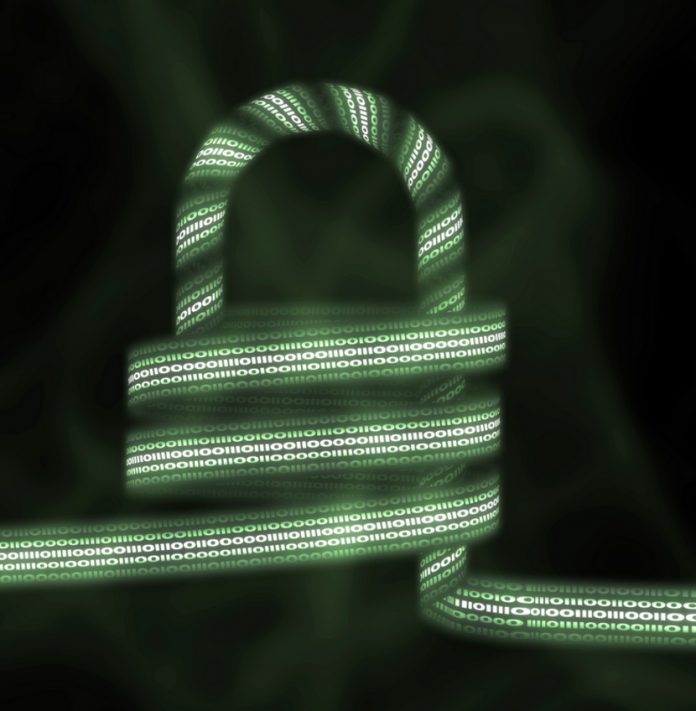The Quantum Information Science and Quantum Computation group at the University of Vienna, Austria, uses single quanta of light to explore fascinating phenomena ranging from the foundations of quantum physics to guaranteeing the data confidentiality and privacy in cloud computing, as this compelling analysis reveals
Privacy guaranteed by the laws of physics – what sounds like any cryptographers’ dream has actually been shown to be possible using the special properties of quantum physics. In the Quantum Information Science and Quantum Computation Group at the University of Vienna, Austria, we strive to investigate how these concepts can be extended and applied to distributed quantum and classical computations by using photons, single quanta of light. However, our expertise in photonic quantum systems allows us to study an even broader field of research, ranging from the foundations of quantum physics to the practical challenges of building a full-scale quantum computer.
Photonic quantum computing
The race to build a quantum computer is and has been on for a while. Different physical systems among them photons, superconductors, ions and many more are intensely tested for their capabilities to be the fundamental building block of such a full quantum computer. Which system will turn out to be the most successful one is still an open question, but it might very well be a combination of some of the above. So why did our group choose to work with photons? Photons are stable, are not easily disturbed by their environment and move with the speed of light – these properties allow us to build small-scale quantum computers without the need for cryogenic temperatures, complicated isolation systems and vacuum chambers. But more importantly, due to their intrinsic mobility and stability, they are the most promising candidates for quantum communication – the exchange of quantum information between distant quantum processors. This is a fundamental component in any distributed computation – which is the focus of our research group.
Secure quantum computation
Since large quantum computers are technologically very challenging to build, they will most likely first be available in specialised facilities, whose owners one might not necessarily trust. Thus, techniques for secure quantum cloud computing will be required. Our group has shown the first implementation of Blind Quantum Computing, a concept that allows a client with limited quantum capabilities to delegate a computation to a quantum server without leaking input, output or the algorithm of the computations.
Inspired by these breakthroughs we have been pursuing the line of increased security by using quantum mechanics ever since. Most recently we have implemented a homomorphic computation, which is a computation on encrypted data, a concept impossible to do classically with comparable security.
Secure classical computation using quantum systems
Since full-scale quantum computers still face significant technical challenges and it will take some years until they become available to the general public we chose to investigate the intermediate step of hybrid quantum-classical computers, technologies which augment current classical computers using small quantum systems and their potential to increase privacy.
We could for the first time demonstrate experimentally probabilistic one-time programs, that can be executed one time and one time only. These programs are impossible to implement classically without the use of self-destructing hardware. We used them to implement a digital signature scheme, allowing a client to delegate the one-time power of attorney to a person of his or her choice.
Technological challenges of building a quantum computer
At the same time, we are still interested in building a photonic quantum computer, a challenge that requires us to work on three main areas: a source of photons, a circuit to perform the quantum computation and efficient measurement or detection of the photons. For the first part, we need sources of photons, from single photons to complex quantum states – the fundamental resources for our computations. Currently, we are pursuing several efforts, ranging from entangled multi-photon sources in the telecom regime, to sources of entangled photons with very different wavelengths to the analysis of new materials like graphene, for the use in sources.
Concerning the second part, the circuit, we are working on several approaches to integrate and therefore miniaturise our circuits. Rather complicated experimental setups can now be implemented and even manipulated on a single chip. For the last step, the detection we have acquired expertise in using state-of-the-art superconducting single-photon nanowire detectors, which can achieve previously unreachable efficiencies of over 90%.
“The race to build a quantum computer is on and it has been there for a while. Different physical systems among them photons, superconductors, ions and many more are intensely tested for their capabilities to be the fundamental building block of such a full quantum computer.”
Investigating the fundamentals of quantum physics
Experimental quantum information is still very much influenced by the foundations of quantum physics. Indeed, in our group, we have several projects dedicated to experimentally testing foundational concepts. For example, we have been studying how to use single photons to investigate the interplay between gravity and quantum physics, as well as the role of causal orders in quantum mechanics.
A causal order is essentially a list stating the order in which events occur. Until very recently, it was assumed that causal orders were always fixed, but it turns out that quantum mechanics allows for the parties to act in a quantum superposition of both orders at the same time. In other words, quantum mechanics allows for causal orders to be indefinite. Our group was able to experimentally prove that quantum mechanics does indeed allow for indefinite causal orders and that indefinite causal orders can also be used to run a program using fewer computational gates than using a fixed order.
These results encourage us to keep investigating the fundamental and practical concepts of photonic quantum information and we are curious to see what lies ahead.
Univ. Prof. DI Dr Philip Walther
Professor of Physics
University of Vienna
Tel: +43 1 4277 72560
Marie-Christine Roehsner, MSc
PhD Student
University of Vienna
Tel: +43 1 4277 72566











